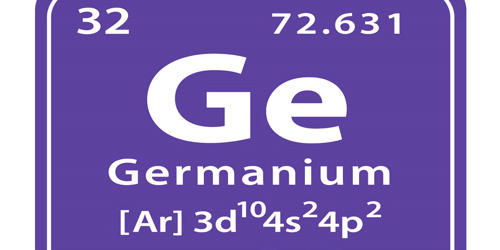A plasmonic metamaterial is one that uses surface plasmons to achieve optical properties that are not found in nature. Plasmons are created when light interacts with metal-dielectric materials. Surface plasmon polaritons (SPPs) are self-sustaining, propagating electromagnetic waves created when incident light couples with surface plasmons under certain conditions. When the SPPs are launched, they ripple along the metal-dielectric interface. The wavelength of SPPs can be much shorter than that of incident light.
Plasmonic metamaterials are a type of artificial material that has been engineered to have unique properties based on plasmonic principles. Plasmons are the collective oscillations of electrons in a material caused by incident light or other electromagnetic waves. Plasmonic metamaterials are intended to manipulate and control plasmons in order to achieve desired optical and electromagnetic responses.
The properties are due to the metal-dielectric composites’ unique structure, which includes features smaller than the wavelength of light separated by subwavelength distances. When light strikes such a metamaterial, it is converted into surface plasmon polaritons with a shorter wavelength than the incident light.
Plasmonic materials
Metals or metal-like materials with negative real permittivity are referred to as plasmonic materials. Gold and silver are the most common plasmonic materials. Many other materials, however, exhibit metal-like optical properties in specific wavelength ranges. Various research groups are experimenting with various methods to create plasmonic materials with lower losses and tunable optical properties.
Plasmonic metamaterials are typically made up of metallic structures with subwavelength dimensions, such as nanoparticles, nanowires, or nanoscale patterns. Surface plasmon polaritons, which are coupled oscillations of electrons and photons at the interface between the metal and the surrounding dielectric material, can be supported by these structures. Researchers can tailor the behavior of plasmons and create unique electromagnetic properties by carefully designing the geometry, size, and arrangement of these metallic structures.
Advantages
One of the most significant advantages of plasmonic metamaterials is their ability to manipulate light at the nanoscale, well beyond the diffraction limit of conventional optics. This enables a wide range of applications in various fields, including photonics, optoelectronics, sensing, imaging, and energy conversion. Some of the key properties and functionalities of plasmonic metamaterials include:
- Subwavelength confinement: Plasmonic metamaterials can confine light to deep-subwavelength volumes, allowing for ultra-compact device designs and enhanced light-matter interactions.
- Extraordinary optical transmission: Certain plasmonic metamaterial structures can exhibit enhanced transmission of light through subwavelength apertures or nanoscale gaps, enabling efficient light manipulation and control.
- Negative refractive index: By engineering the structural properties of plasmonic metamaterials, it is possible to achieve a negative refractive index, leading to unique optical phenomena such as negative refraction and sub-diffraction imaging.
- Surface-enhanced spectroscopy: Plasmonic metamaterials can significantly amplify the local electromagnetic field at their surface, enabling highly sensitive detection of molecules and enhanced spectroscopic signals.
- Active plasmonics: By incorporating active elements, such as gain materials or electro-optic components, into plasmonic metamaterials, their optical properties can be actively controlled and modulated, opening up possibilities for active nanophotonic devices.
Plasmonic metamaterials are a rapidly evolving field of study, with ongoing efforts aimed at developing new fabrication techniques, investigating novel material systems, and pushing the limits of their optical and electromagnetic properties. These breakthroughs have the potential to revolutionize various technological areas and pave the way for exciting future applications.
















